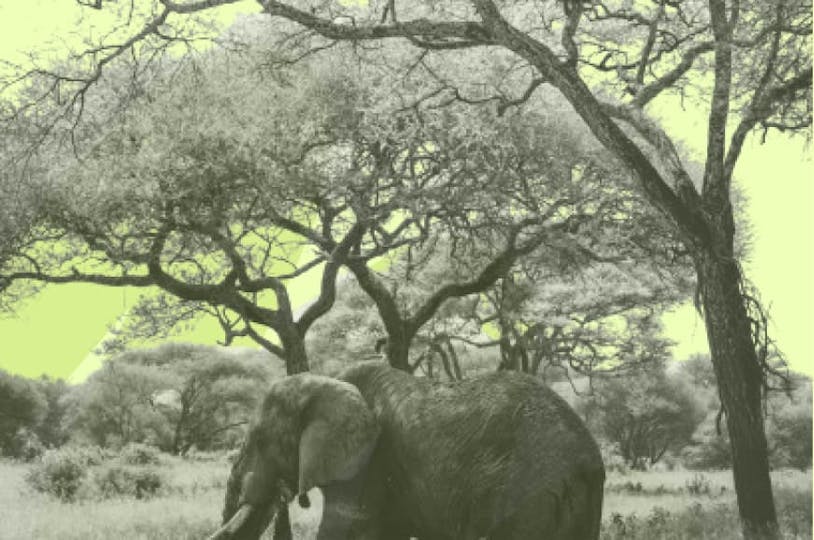
Sustainable Development Goals (SDGs): All You Need to Know
The United Nations has defined 17 goals, aimed at creating a better world. What are these so-called "Sustainable Development Goals" ? Explanations.
ESG / CSR
Industries



It’s one thing when you feel bummed that the lake behind your house isn’t freezing solid to go ice skating anymore, but it’s another when the annual hike you used to take doesn’t provide the same encapsulating view due to the effects of climate change – this feeling of disappointment and anxiety around these changes has a word: and it’s called solastalgia.
What is solastalgia, what provokes the feeling of solastalgia, and what are some of the ways that solastalgia can be relieved as climate change continues to affect the natural environments around us?
Solastalgia refers to the feeling a person gets when their environment is changing, and they have no ability to control the change of their environment.
👉The word solastalgia won’t be found in the dictionary, but it’s a commonly used term in psychology and other avenues of mental health professional practices. Solastalgia is also often referred to as climate anxiety.
The first part of solastalgia refers to the word, “solace” – or something that brings you peace, which many humans find nature provides for them, given we are actually biologically programmed to spend more time outdoors than indoors.
The end root of the word, “algia” – refers to the Greek root meaning to suffer from emotional or existential feeling or crisis, in a similar manner to the word, “nostalgic” – which means to feel sentimental over past events that are on longer available to feel in the present.
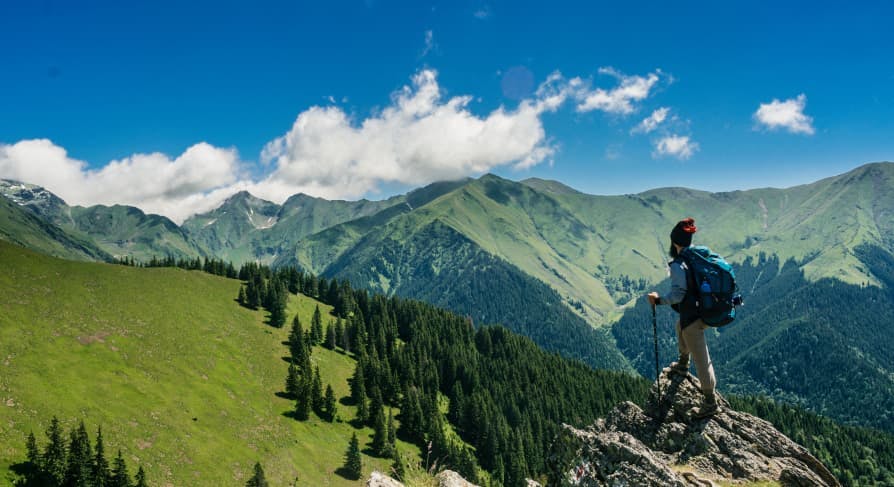
👉 Ultimately, solastalgia is when someone feels their peace is being disrupted due to a change in their natural environment – often caused by climate change itself.
Solastalgia occurs when someone feels a sense of peril when there is an environmental change happening nearby them, and it disrupts current practices or past memories that the person associates that are undergoing change with – such as a park, a hiking trail, or even their own backyard. However, like many emotions, it is important to note that solastalgia can be triggered in a variety of ways – and that there isn’t specific criteria for how bad the natural environment surrounding the person has changed for the feeling provoked to be considered solastalgia.
For instance, an example of solastalgia could be someone who often ice skates on a pond nearby their house every winter – but is suddenly unable to due to winters not being as cold as a result of rising global surface temperatures.
Another example of solastalgia is when those who reside in the Washington D.C. area will visit the Tidal Basin during pique bloom for the cherry blossoms, which have failed to bloom properly for several years in a row due to climate change and sporadically rising temperatures – causing the cherry blossoms to bloom and then refreeze, and fall off the trees before people can visit to take pictures. This tradition being compromised due to climate change having a direct effect on the cherry blossoms can provoke solastalgia for those who view this as an annual tradition.
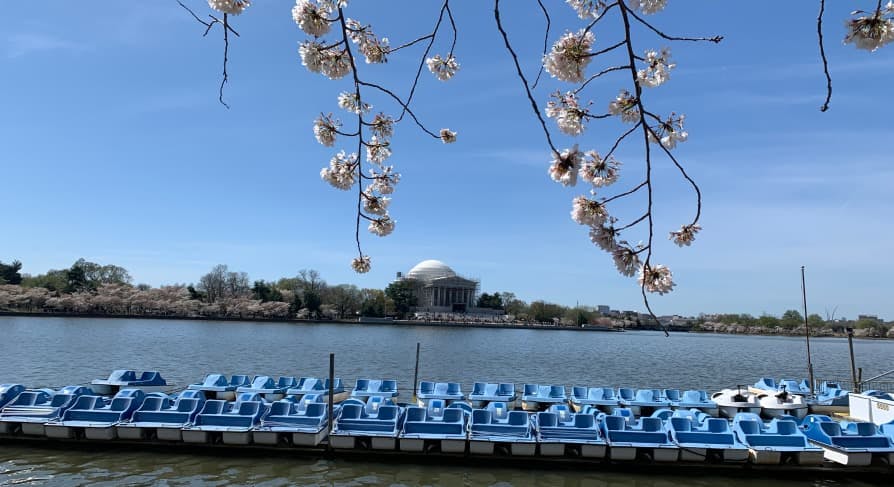
A final example of solastalgia could be when a mother is used to taking her children sledding every winter season on a hill that is typically covered with snow every year. However, despite the fact that several places across the U.S. continue to get hit with snow blizzards – there are several places across the U.S. that used to get annual snowfall that no longer get to experience a white Christmas when the holidays roll around.
If that mom takes her children to the hill one winter to find there isn’t enough snow to go sledding as there used to be, and experiences sadness, fear, and as if a peaceful, nostalgic experience has been taken away from her due to climate change – this can also be considered solastalgia.
Solastalgia is a feeling that can be elicited due to multivarious environmental changes: such as droughts, floods, forest fires, decreased air quality, cold fronts, or heat waves.
👉Solastalgia occurs when someone feels that their natural environment is affecting their traditions or daily habits – and the sadness and anxiety that comes alongside with this occurrence.
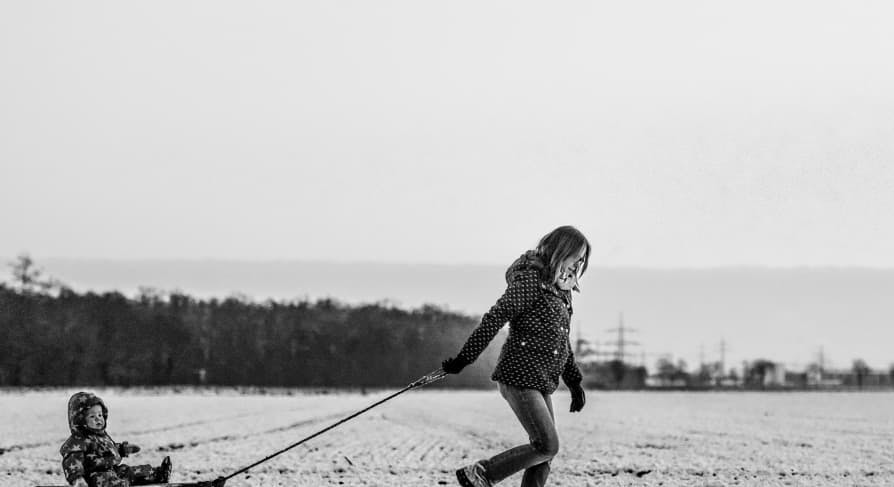
Given that solastalgia is still a new term to explain the depression and anxiety felt amongst those witnessing negative changes in their natural environments, professionals are still developing the exact symptoms to look out for those experiencing solastalgia.
However, the symptoms for solastalgia are very similar to those who experience depression or grief, as the symptoms include suffering from anger, chronic fatigue and difficulty sleeping, despair, stress, guilt over how their own actions impacted their surrounding environment, hopelessness, helplessness, weight loss or weight gain, and general sadness.
👉Due to the fact that the symptoms for solastalgia are similar to depression, grief, and anxiety – it can sometimes be hard to diagnose someone with solastalgia seeing as it often manifests in different ways for different people.
Overall, if someone experiences any of the symptoms above – it is viable to say they could be suffering from solastalgia, but it isn’t surefire given that some people experience these symptoms over a short amount of time, whereas for others, the symptoms are long lasting. However, solastalgia is typically a chronic occurrence – as someone who has suffered from solastalgia, such as by their house burning down in a wildfire, while having to deal with the triggers repeatedly.
👉Therefore, in a sense – solastalgia is more comparable to grief: as solastalgia doesn’t go away entirely even when the person is given coping mechanisms to subside the symptoms of solastalgia.
The symptoms of solastalgia are subject to vary depending on how colossal the impact the change in the person’s surrounding natural environment affects their lives. Ultimately, the symptoms for solastalgia are going to be dependent on the person – and a list of symptoms is not conducive to diagnosing someone with solastalgia.
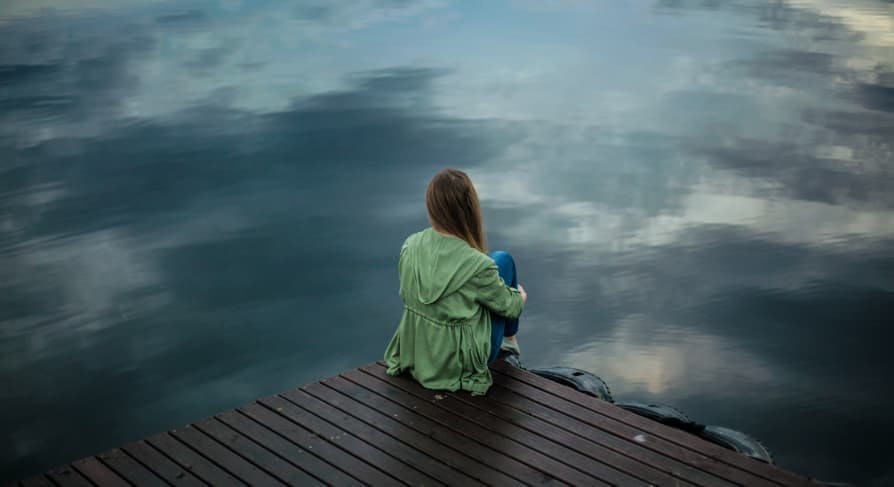
Solastalgia is more of a chronic occurrence than a one-and-done fix, and especially seeing as many of those who suffer from solastalgia cannot easily mend the root of the cause (to go home where they feel safe, but are unable to do so as solastalgia makes them feel unsafe in their own homes or natural environments) – the coping mechanisms to deal with solastalgia are going to be different for everyone.
👉 Before attempting to cope with solastalgia, it is imperative that you aremfirst properly diagnosed by a doctor or mental health professional in order to ensure it is indeed solastalgia you are suffering from.
One of the most difficult components of coping with solastalgia is the concept of feeling helplessness in the situation, and like there is nothing that the person can do to alter the negative shift in their surrounding environment. A good comparison for the helplessness many of those with solastalgia feel is the helplessness that many of us felt during the Covid-19 pandemic: where many of us felt that nothing we did would be enough to change the circumstances of quarantine.
However, just like the mental health effects that were had as a result of the pandemic and quarantine, there are things that can be done to help those who suffer from solastalgia. For instance, cognitive behavioral therapy, better known as “talk therapy”, can serve as a useful outlet for those suffering from solastalgia to vent about their anxieties and feelings due to the loss of their home or natural environment. In addition to this traditional type of therapy, those suffering solastalgia can also engage in other forms of therapy such as psychodynamic therapy – which helps people to understand how their current feelings are based on past experiences. Talk therapy in conjunction with medication, such as antidepressants or anti-anxiety medication, may help to relieve the symptoms of solastalgia.
It may be impossible to rebuild the home or recreate a tradition that climate change has taken from someone, but finding ways to create new traditions or cultivate a new community or home may help those suffering from solastalgia to take comfort in the development of new, “homey” practices. Ultimately, seeking to make new plans for the future, implementing new self-care routines, and remaining positive are all viable options to cope with solastalgia.
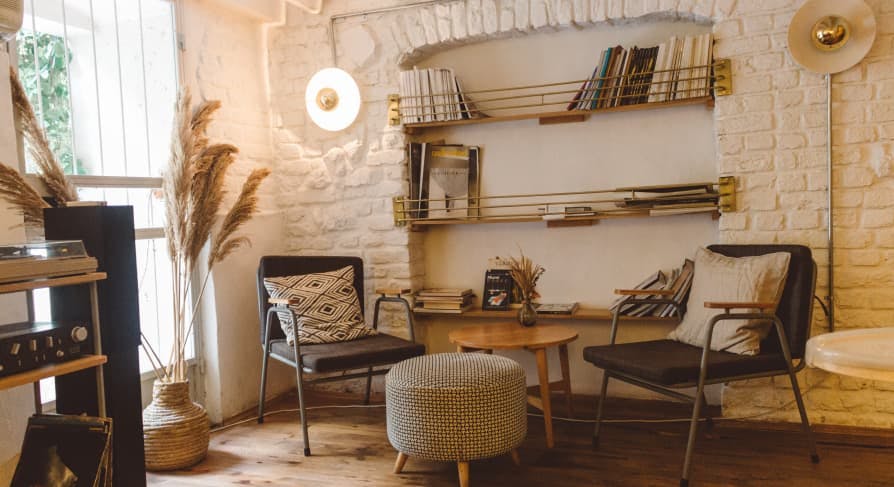
As of now, there are no ways to prevent someone from experiencing solastalgia – but the coping mechanisms can prove effective for those suffering from solastalgia, and making an effort to protect the environment and fight against climate change can also help people with solastalgia decrease the sense of hopelessness that they are likely to experience.
In a similar way to a pandemic, election, or other big life event that is ultimately determined by collective action where individual effort may appear trite on the surface – those suffering from solastalgia may feel that their efforts to fight against climate change and prevent future triggers for solastalgia are meaningless. However, if those with solastalgia are able to adjust their thinking and realize that their efforts are indeed making a difference – it can help them to feel relief and regain a sense of control over what triggered their solastalgia in the first place. Not only does this serve as a coping mechanism, but taking action against climate change can help to prevent future symptoms or experiences of solastalgia.
👉 Think of this tactic to avoiding solastalgia like voting for an election. Many people, especially young voters in the United States, will feel that their vote will not effectively voice their concerns over the millions of other Americans who will vote. However, voting is still an important act as it allows people to express their opinions and feel as though they are being heard.
The only way to “avoid” solastalgia, or to decrease the likelihood of more people experiencing solastalgia – is for more of the world to take climate change and the impact it has on our surrounding environments more seriously. There’s nothing anyone can do to prevent a tornado, hurricane, or forest fire from destroying their home or global warming putting a stop to someone’s winter traditions – but aiming to be more proactive about climate change can help mitigate future cases of solastalgia in the future.
If reading this article about solastalgia has made you interested in reducing your carbon emissions to further fight against climate change – Greenly can help you!
It can be hard to navigate things like eco-anxiety and solastalgia, but Greenly can help you take the concrete action necessary to mitigate some of those fears – click here to book a demo and get started with your climate journey today.
Greenly can help you make an environmental change for the better, starting with a carbon footprint assessment to know how much carbon emissions your company produces.